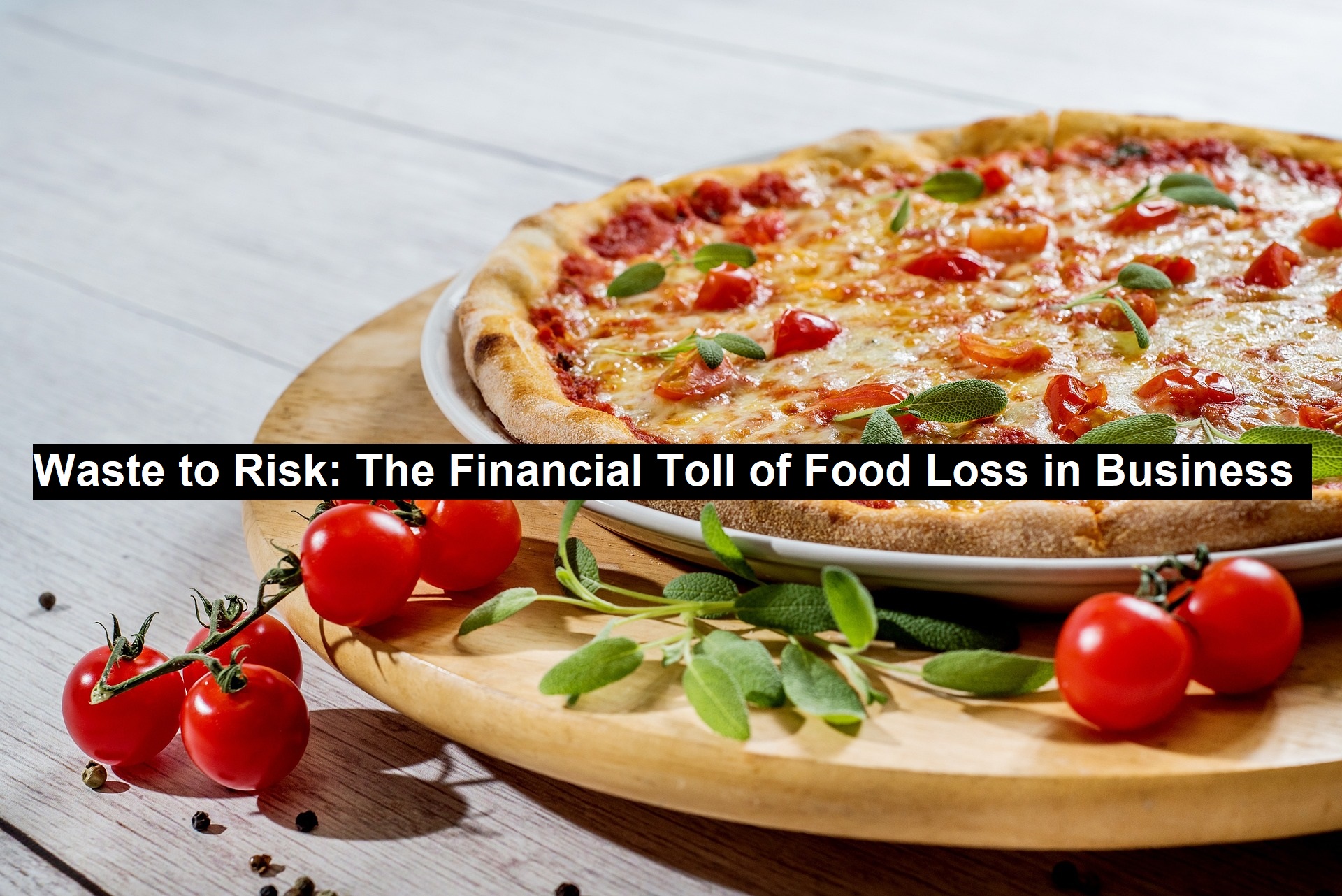Waste to Risk: The Financial Toll of Food Loss in Business
While the environmental consequences of food waste dominate headlines, the economic repercussions are often underestimated. For many businesses, food loss represents more than unsold inventory — it’s a glaring signal of systemic inefficiencies that jeopardize financial performance and market stability.
Food waste’s financial impact begins with its unpredictability. Consumer preferences evolve rapidly, and market shifts can cause sudden mismatches between supply and demand. Perishable goods, by their nature, demand swift movement through the supply chain. Delays in logistics, overordering, or changes in weather or trends can leave companies holding high volumes of unsellable inventory. That waste translates to direct financial loss — a hit that’s particularly damaging for operations with narrow margins.
Read: The Most Important Personal Finance Principles and How to Use Them
These challenges highlight the cascading effect of operational inefficiencies. Misaligned demand forecasting, inadequate handling practices, and inconsistent inventory oversight all contribute to product loss. The financial burden doesn’t stop there: added labor to manage waste, increased disposal costs, and even reputational damage can follow.
Moreover, food waste exacerbates pricing instability across the supply chain. When significant volumes of food are lost, supply tightens, causing input costs to rise and straining relationships between suppliers and buyers. To preserve margins, businesses often raise consumer prices — a risky move that can affect competitiveness. For producers and processors, this kind of unpredictability underscores the value of risk management tools like cattle hedging, which helps buffer against fluctuating feed or meat prices stemming from supply imbalances.
These volatility issues become more pronounced during periods of disruption — be it climate events, labor shortages, or global crises. Under such conditions, waste not only increases, but its economic impact becomes more widespread and severe.
To counter these risks, businesses must adopt strategic interventions. This includes investing in real-time data analytics to enhance forecasting accuracy, streamlining procurement processes, and integrating better storage infrastructure. In addition, financial instruments designed to manage commodity price risk offer a buffer that can make the difference between stability and loss.
By approaching food waste through the lens of financial risk, organizations can identify new opportunities for optimization. Reducing waste doesn’t just benefit the planet — it strengthens profitability, stabilizes pricing, and positions businesses to thrive in volatile markets.
Food-Loss-in-Business